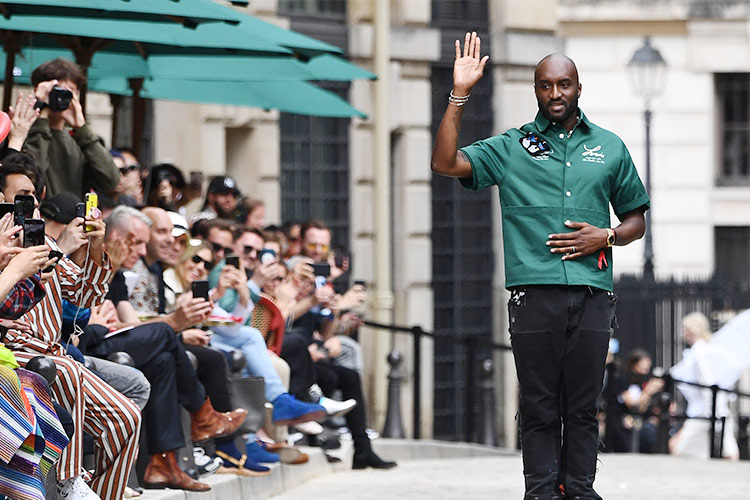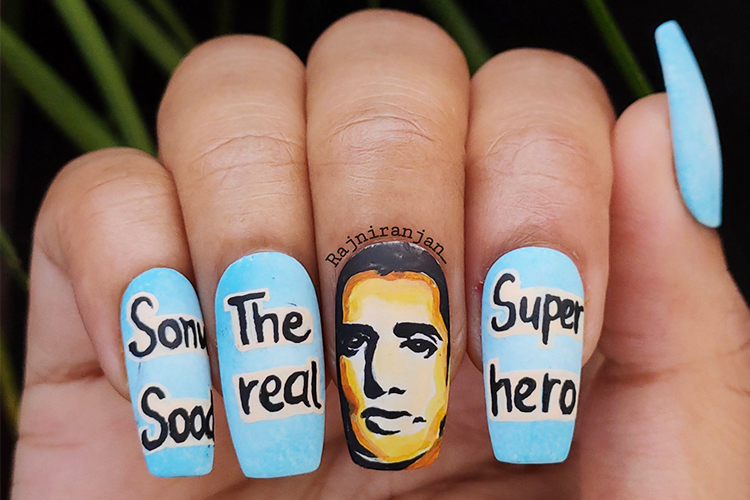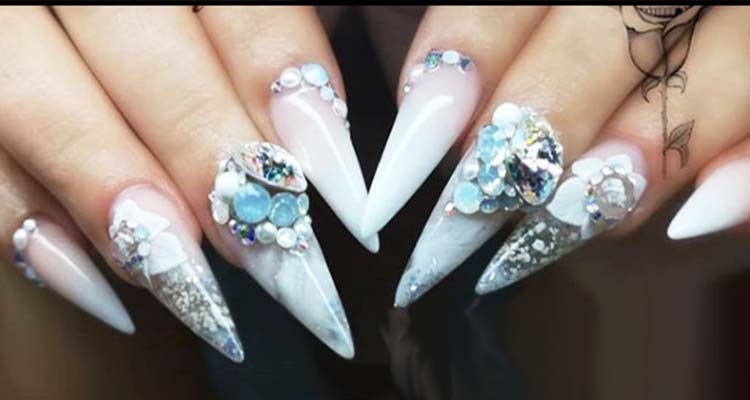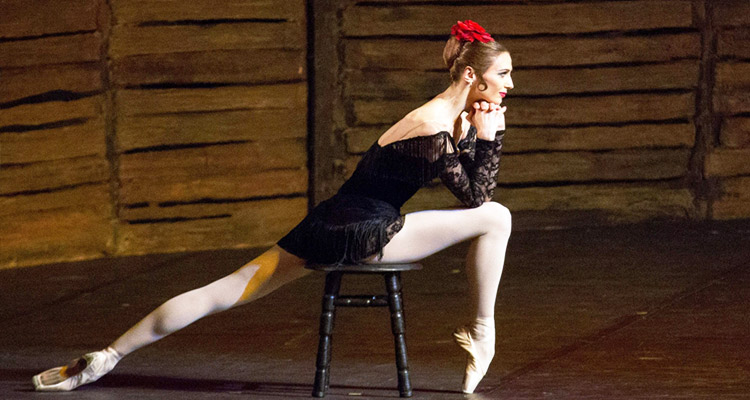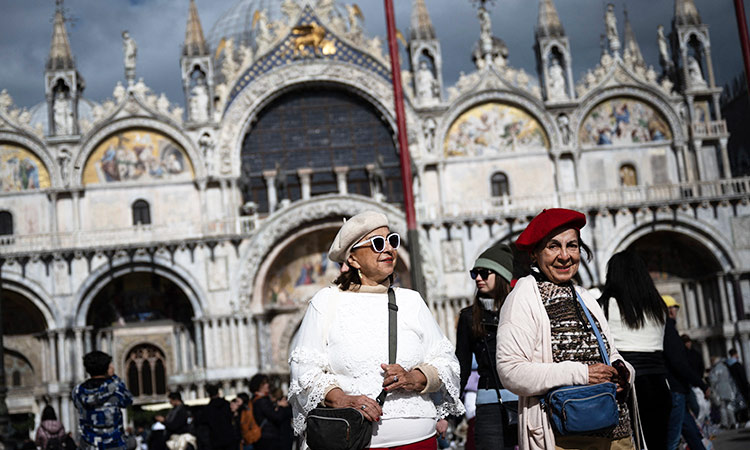New exhibit showcases Chicago’s mark on 1930s and ‘40s fashion
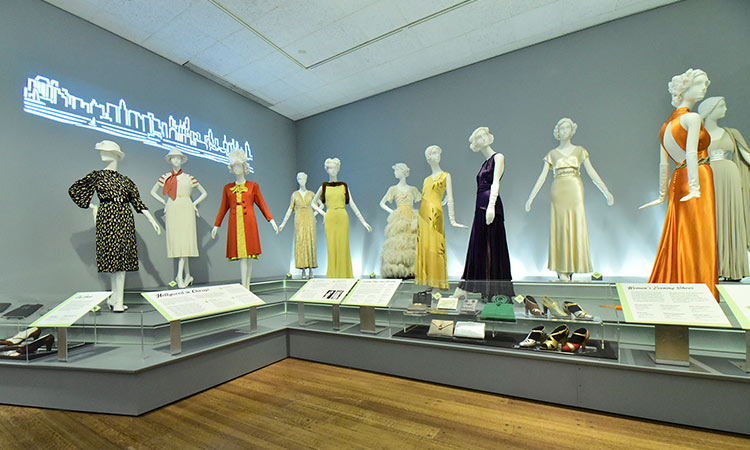
The display features dresses worn by everyday, upper-middle class women in Chicago and New York. TNS
Christen A. Johnson
As the adage goes, history repeats itself — and fashion is no exception.
“Silver Screen to Mainstream: American Fashion in the 1930s and ‘40s,” the Chicago History Museum’s newest exhibit, features 30 dresses from Paris, New York, Chicago, and Hollywood that tell the story of how fashion in movies guided the ensembles of women during that time.
Hollywood replaced Paris as the North Star of where to look for fashion, explained Virginia Heaven, guest curator of the exhibit. She called the stars and designers of that era “the first influencers.”
“American style was being formed much earlier than we give it credit for,” said Heaven, who is also an associate professor of fashion studies at Columbia College Chicago. “American style endures to this day as a form of being ready to perform whatever it is you want to do.”
Heaven wanted to illustrate the emergence of American style, which is distinctive from French style, she said, and the dresses in the exhibit are arranged to illustrate that evolution. “The Allure of Paris” is the first display, with a dazzling, black dress by Chanel as one of the standouts.
“Most rich Americans went to Paris to get their clothes,” said Heaven, “but the majority of people had no idea about this.
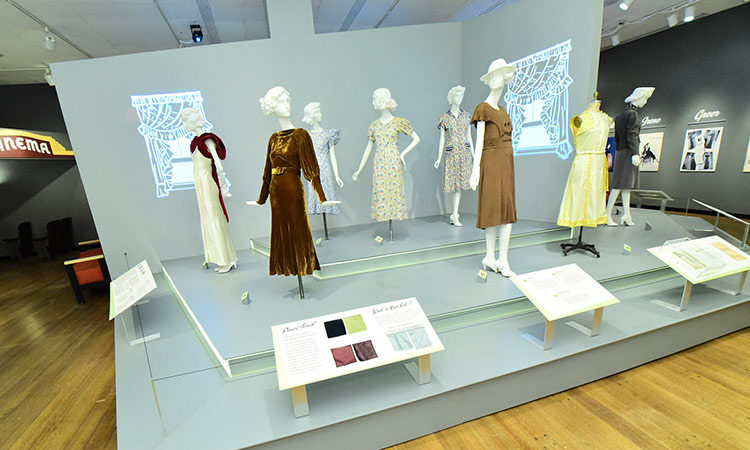
This is the Depression era, so even though there is 40 percent unemployment in Chicago, there are still a lot of people with a lot of money. These are those people.”
Another display features dresses worn by everyday, upper-middle-class women in Chicago and New York. The women wore the dresses to events such as debuts, dances or dinners, said Heaven. A bright orange, satin evening gown with a cutout back, high neckline and black rhinestone belt is Heaven’s favorite in the display.
The adjacent platform highlights dresses that were typically worn by middle class and working class women to events like weddings. “People didn’t chuck it all out,” said Heaven of these dresses, since the items were worn on multiple occasions.
“All of these dresses were beautifully kept — and they weren’t really special — they were just special to the people that owned them,” said Heaven, while pointing out the display’s three multicolored, floral-printed housedresses. “I find them soulful. They’re touching, in a way. There’s some connection to most women’s reality there.”
Most women of the time made their clothes. Designers would produce a range of patterns with an actress’s face in the corner of the packaging to imply that the actress might have worn something similar in a movie.
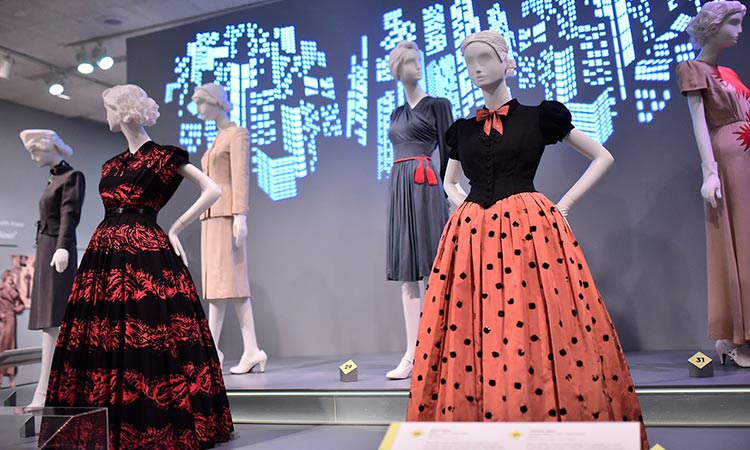 The Chicago History Museum. TNS
The Chicago History Museum. TNS
“The other thing the designers did was go into catalogs, like Sears,” said Heaven, “and say so-and-so wore a coat like this.
That was a way of marketing the movie, the actress and the product. It was aspirational.”
The final display features work by costume designers who had their own labels. Pieces include two-piece skirt suits; dresses that were meant to be worn while throwing a dinner party; and the exhibit’s “key piece:” an orange and beige starburst dress by Illinois-born designer Howard Greer.
Greer was the costume designer for the 1940 movie “My Favorite Wife,” and a version of the starbust dress was seen in it, said Heaven. He was one of the designers of the time who was “carried into the mainstream because everyone wanted to look like his stars.”
Heaven believes that American design was often overshadowed by the high drama of European designs and self-promotion of European designers.
She added that American designs, like the T-shirt, blue jeans and power suit, have had a universal impact on design and said, “In a way, American designers were the first influencers, and they still influence how we feel about ourselves and how we regard glamour to this day.”
Tribune News Service
